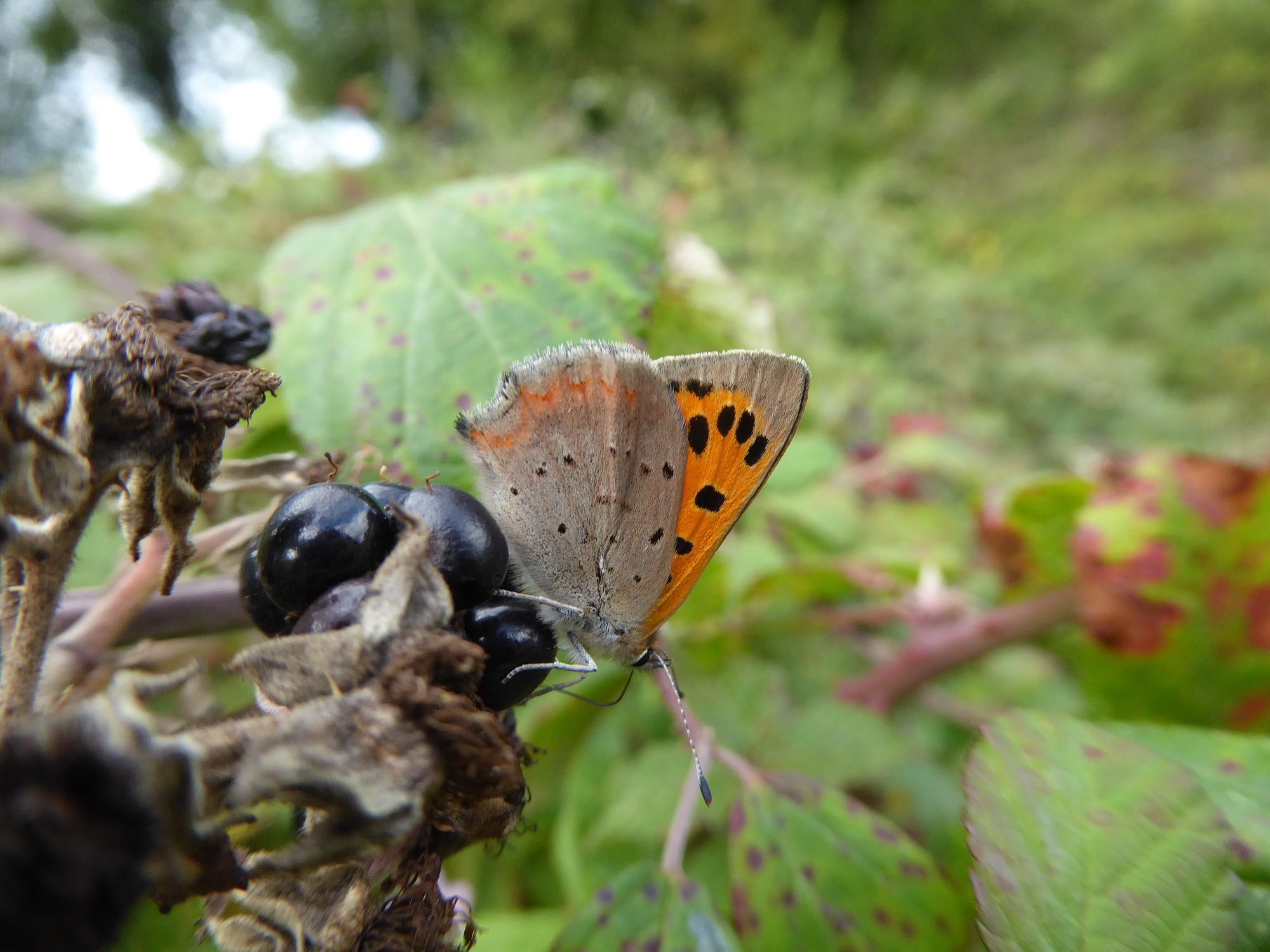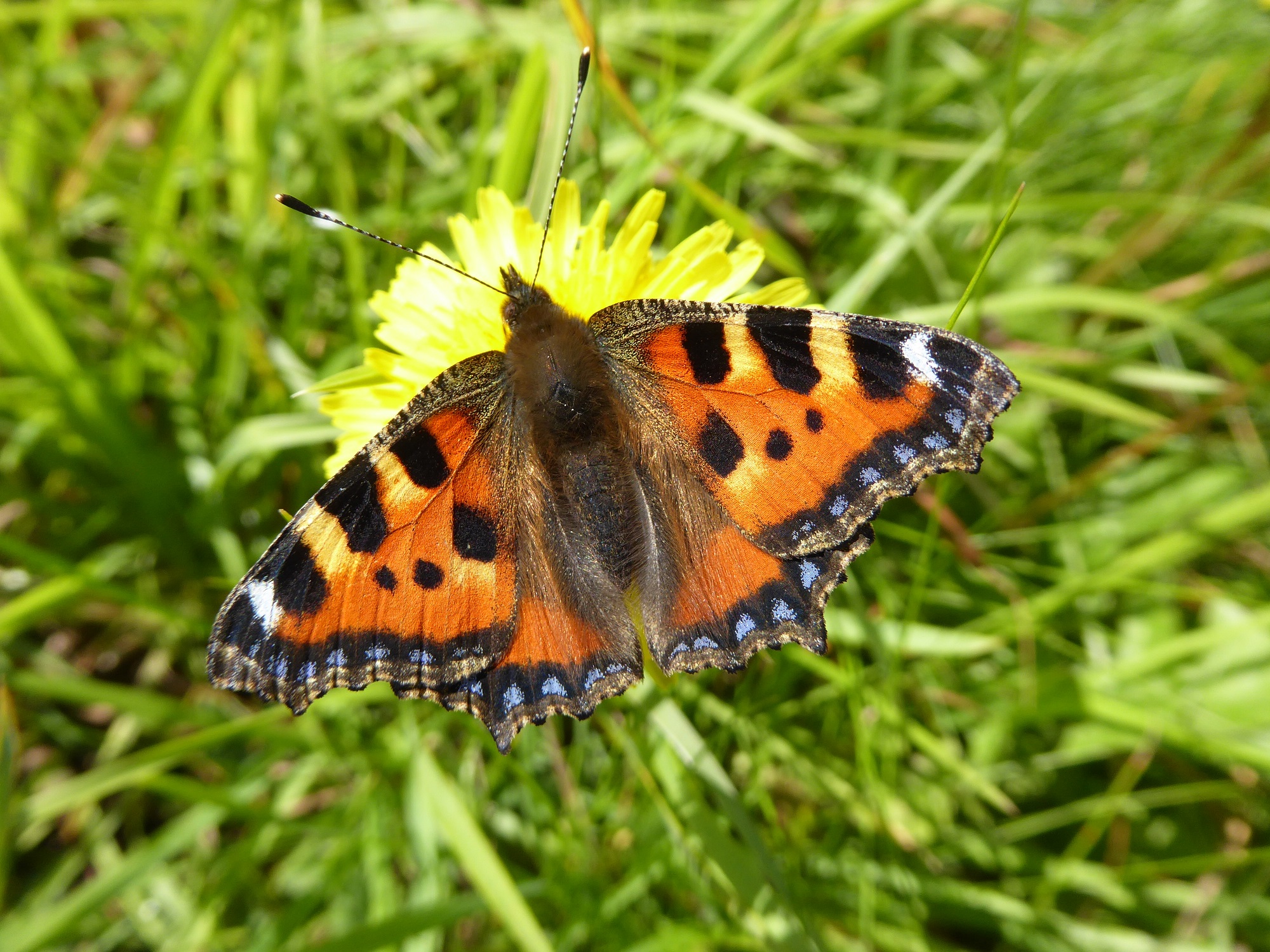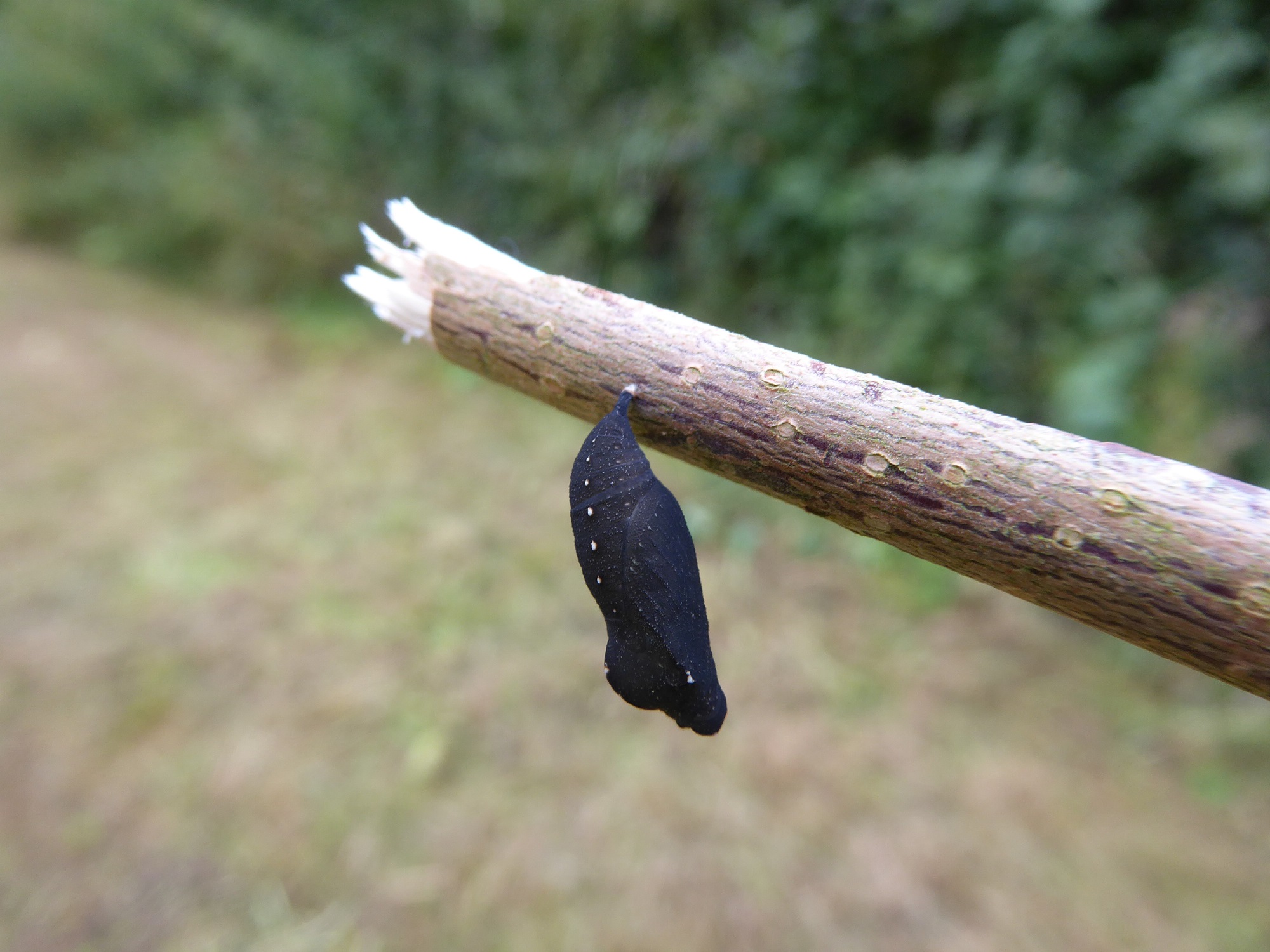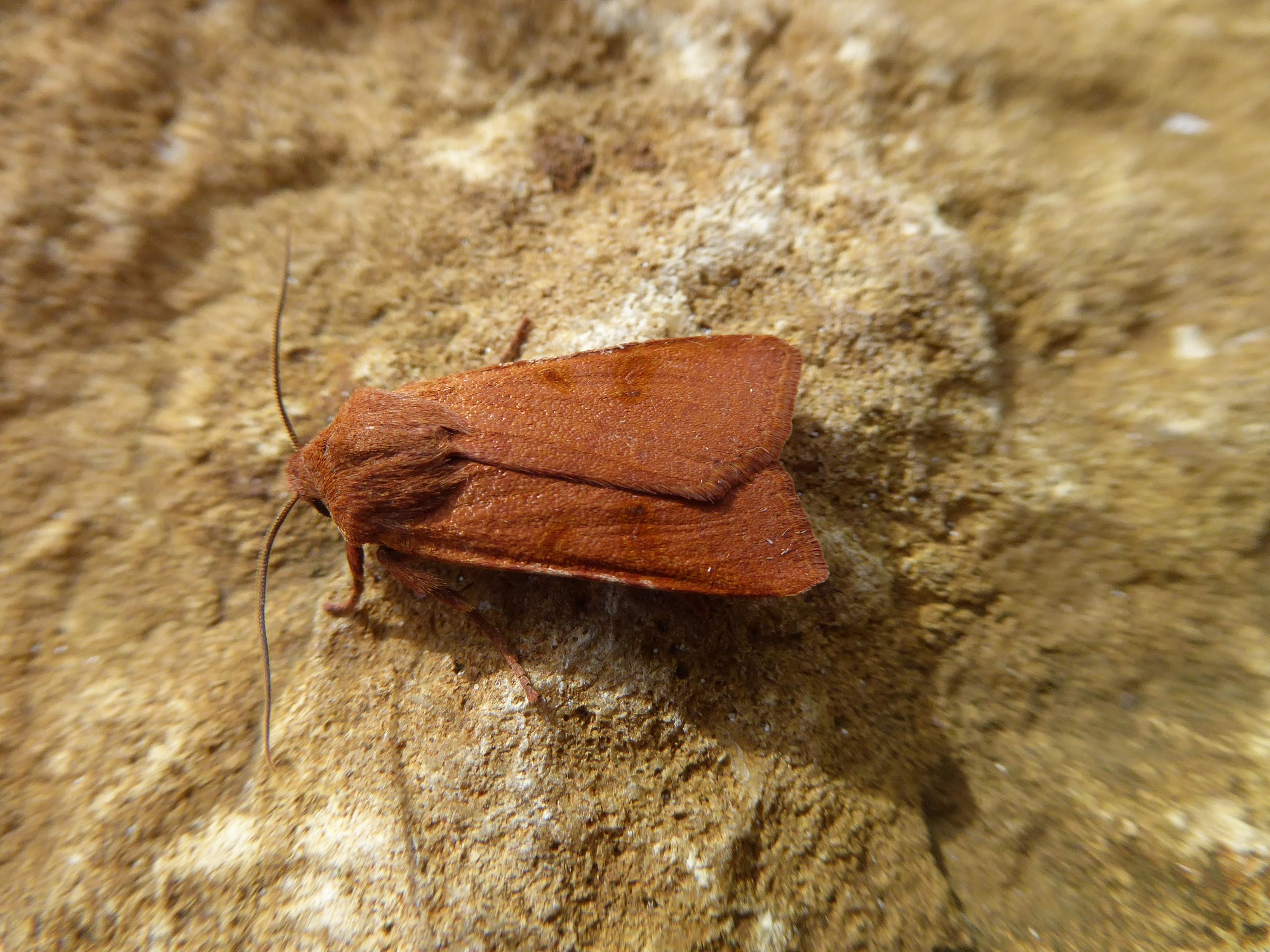For many lovers of nature, especially for those of us who enjoy butterflies, autumn is unwelcome. We see the signs of decline everywhere and we fear the season to follow. This is not a recent feeling. Sonnet 73, written by William Shakespeare sometime between 1592 and 1598, opens with this quatrain:
That time of year thou may’st in me behold
When yellow leaves, or none, or few, do hang
Upon those boughs which shake against the cold,
Bare ruin’d choirs, where late the sweet birds sang.
Shakespeare wrote about late autumn, which he associates with decay and imminent death. The trees with few or no leaves are now without birdsong. He may be referring to the by then ruined monastic settlements, the closure of which was ordered by Henry VIII following his decision to cut ties with the pope and confiscate church property (1536-1540). Seen in the light of this interpretation, the ruined choirs are the roofless remains of monasteries, the sweet birds the choirs of singing monks. Whichever interpretation is accepted, and both are valid, it is inescapable that the bard was referencing the inevitable march towards decay symbolised by autumn. The cold winds will soon rip whichever leaves cling to claw-like twigs and the landscape settles into a sullen palate, empty of vibrancy.
Yet poets do not always portray autumn negatively. Writing on September 19th 1819 William Wordsworth eulogised the season in Ode to Autumn. Wordsworth, a great nature lover, saw autumn as a time of plenty. The sun will continue to
set budding more, /And still more, later flowers for the bees/Until they think warm days will never cease/For summer has o’er-brimmed their clammy cells.
This wonderful feeling of neverending abundance and the idea of nature’s opulence has far greater appeal than Shakespeare’s bleak vision of loss and decay. Indeed, following one of the greatest summers in our lifetime, surely some optimism is justified. We continue to see Comma butterflies in Carlow and Kilkenny, Small Coppers in Meath and Large Whites, Red Admirals, Peacocks, Small Tortoiseshells and Speckled Woods in Donegal. These sightings, albeit of just a few individuals, allow us to cling on to summer, just!
By contrast, good numbers of moths continue to appear in light traps, some even in spectacular numbers. On October 3rd I counted 177 moths of which 138 were Beaded Chestnuts. This count on a single night exceeds the totals I had for the species throughout its flight period for each of the three years 2015-2017. A count of over 3,000 moths in my garden for the 2018 recording season easily exceeds these previous years’ totals, strongly suggesting that the moths, like our butterflies, greatly benefited from the heat of the summer.
Prolonged heat allows butterflies and moths to move around the landscape to find food, mates and breeding sites. It also allows some species that have already laid their eggs but which can mature a second or even a third batch of eggs to do so. Warmth also helps the eggs, larvae and pupae to develop faster, lessening the time available for predators to eat them. Prolonged warmth will allow time for species that are capable of producing more than one set of adults in a flight season to produce more generations to fly within the same year. This may result in a succession of generations which may even overlap so that the species in on the wing for much longer than it will be in a cooler year. This overlapping of broods was observed in 2018 in the Small Copper. In addition to the heat during May, June and July, the low rainfall levels from May to September inclusive also helped, as wet conditions have been shown to cause damage to the early stages, including, expectedly, the pupal stage.
In many ways 2018 was exceptional. We had an unusually long winter, a bitterly cold, snowy March, a dull, very wet April (remember the fodder crisis?) followed by prolonged hot, dry weather over the following three months giving us the joint warmest summer on record. The dry conditions have persisted into October. Butterflies certainly flourished, and, as recent research indicates, (see https://butterflyconservation.ie/wp/2017/12/08/winter-cold-a-benefit-for-butterflies/ ) cold winters do not harm most butterfly species.
When the cold weather takes its grip, remember the glory of the summer of 2018 and bask in your memory of its splendour. As Wordsworth wrote in Tintern Abbey, these happy memories provide spiritual, emotional and psychological sustenance for the lean times ahead!
All photographs © copyright J. Harding 2018.





